Lola Inggay died when I was 11. She was 84. There were only too little memories I could associate with her, Christmas being one of them. My grandmother used to give me five peso coins from her plastic pouch every time I visited her. I used to think “Mano po” is some secret code to getting money. Later I found out she was just a generous giver.
My mom told me I’m very much like my Lola. We both love accessories and all sorts of abubot. During one of her shopping ventures, she was supposed to buy dinner but ended up bringing home a bunch of fake earrings and clothes for her children. My grandfather used to tell her: “‘Di mo naman iyan maisasangla.” (You can’t pawn those)
Lola was sick from pneumonia and diabetes rendering her bedridden for years before her frail body gave up in 2004. She also had a very poor memory and could barely remember my name, referring to me as panganay ni Letty (the eldest of Letty) most of the time. But in her rare moments of clarity and sanity, she would tell us stories about her hometown in Mahatao, Batanes.
Batanes, she would say, is a land of endless hills and green pasture.
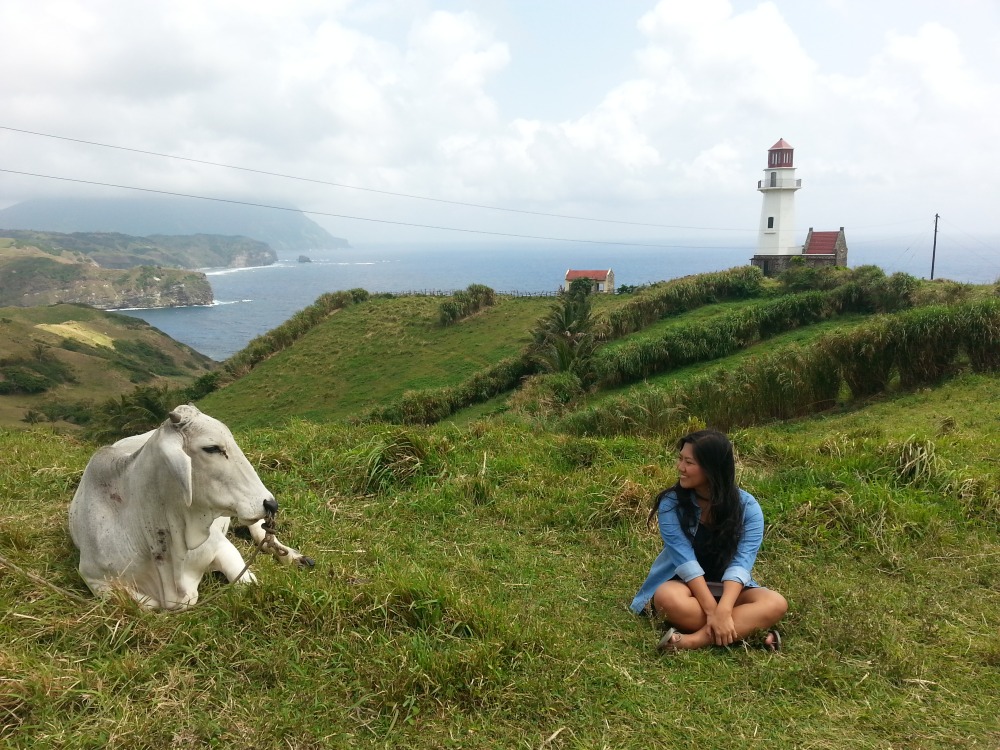
Surrounding the islands of Batanes are equally endless bodies of water: the Pacific Ocean and the West Philippine Sea. If you are lucky, you could see the sun go up from one horizon and set in another.



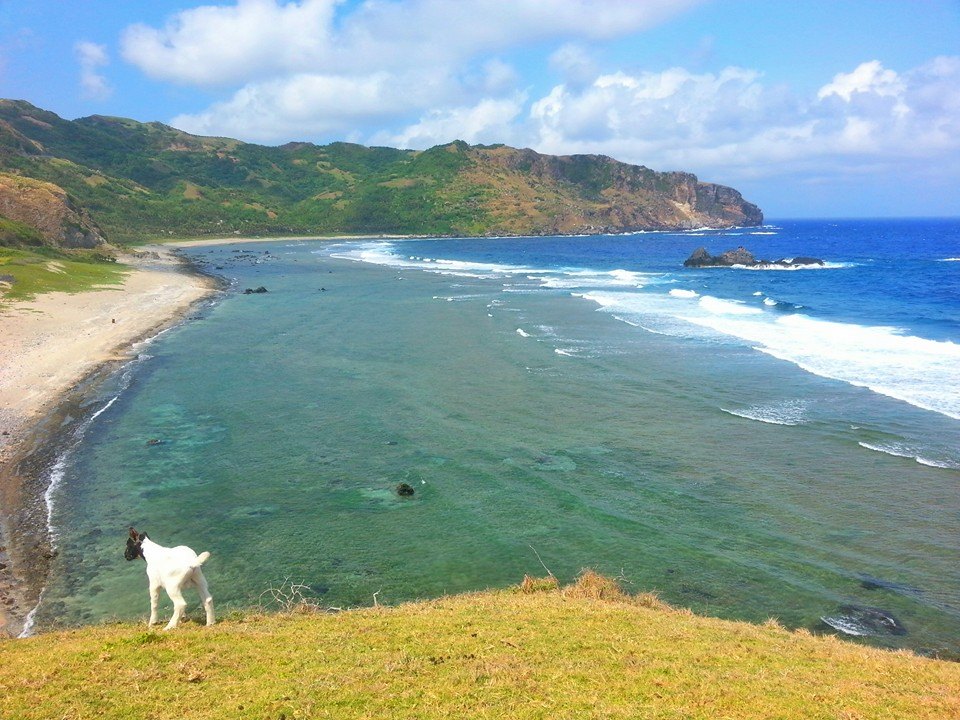
But while Batanes holds a certain charm and beauty, it could also be unforgiving when the storms hit the islands. Ferocious winds could topple over large sea vessels and send fishing boats drifting ashore. During rainy season, my grandmother said the waves could reach as high as a house.
This is where the paradise got its name, Batan, which means a “place where boats are drifted.” In early cartography and maps, the island had the name Batan Is. (abbreviated Batan Island) then later became Batanes. The stonehouses built from large boulder rocks and corals are proof to the the resilience against typhoons of the people of Batanes… the Ivatans.

Because of the surrounding seas, it could also get pretty humid in Batanes.
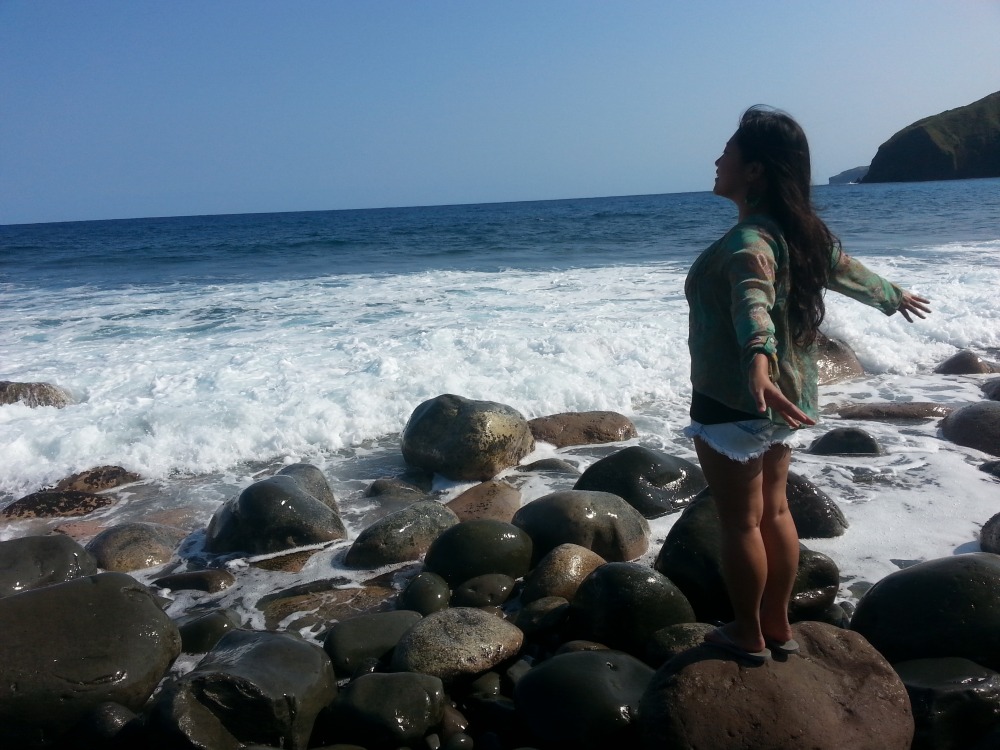
The vakul and kanayi (traditional farming gears) are the natural protection of the Ivatan against the rain and heat of the sun.

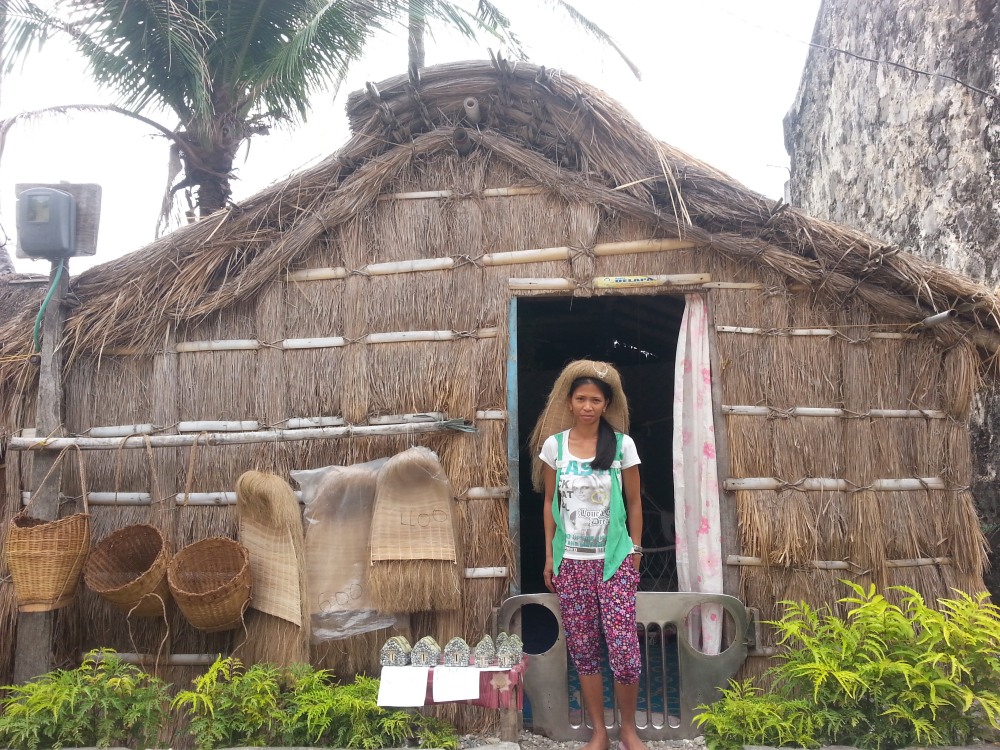

The harsh weather conditions, lack of accessible transportation and communication hindered modernization in Batanes. It was, as they say, a paradise stuck in time.
It was only in the late nineties that the island had access to electricity. Up to this day, some far-flung areas in Itbayat Island still had no means of contact to the modern age we live in today. Livelihood was also scarce. Ivatans largely depend on fishing, animal farming or growing wakay (camote or sweet potato) and ube (purple yam) as sources of income.


In the 1920s, a lot of Ivatans migrated to Manila and Cavite to find “greener pasture.”
My Lola was one of them. Coming from a very poor family, my grandmother was sent to Manila at the age of five to study and get a better chance at life. Little did she know that Manila was a different jungle altogether. She left home because of poverty only to find herself in an even worse state of poverty in Manila.
Life was difficult in the city, she said. But it all got better when she met my Lolo and had seven children, my mom being the youngest of them all. When my Lola’s memory began to fail her, she started talking a lot like a child. And when she spoke of her hometown, it was as if she was recalling a very distant, painful and beautiful memory. It was difficult to watch, my aunt said.
Earlier this year, my mom and I had a mission: find our missing relatives in Batanes. We have always known we have an extended family living in Basco but we have lost track of them over the years. We asked around, investigated, and traced the family tree. After several weeks, we found Victor Paduga Jr. on Facebook. Tito Junior is the son of my Lola’s brother.
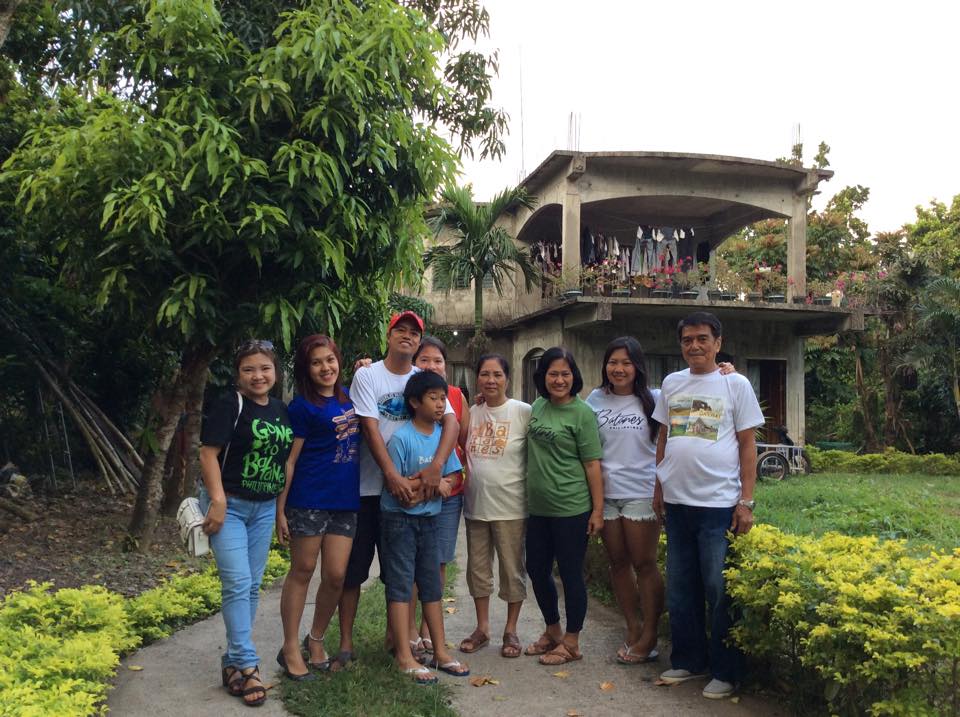
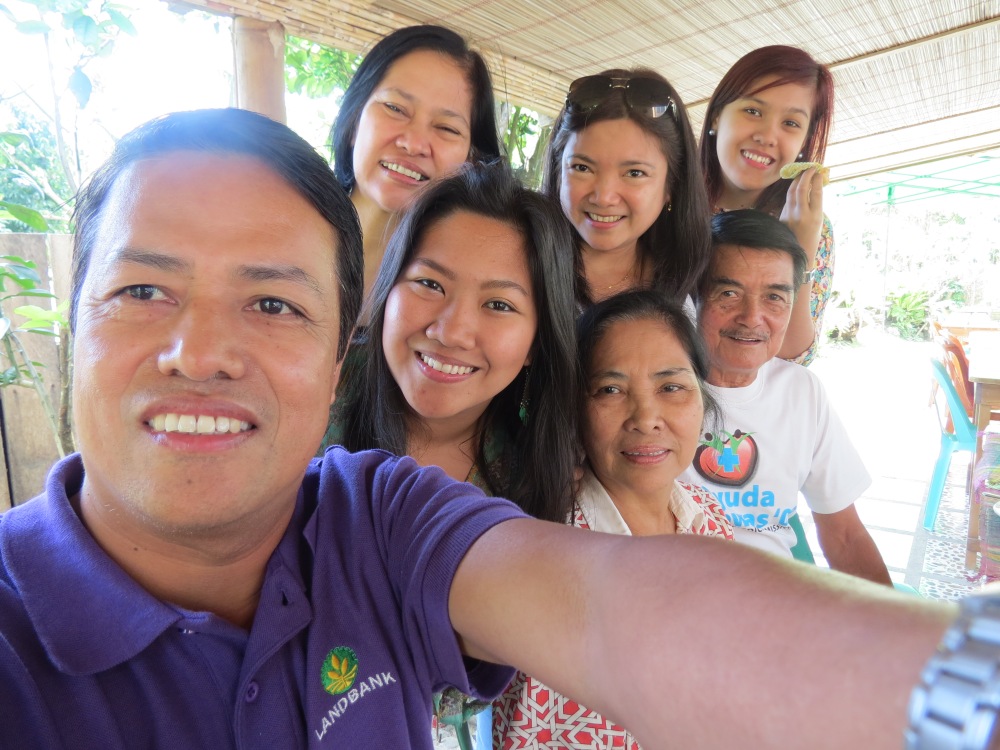
We found out later that the Paduga and Cabrito family (my Lola’s lineage) are scattered all over Batanes, but are largely concentrated in Basco. It was during lunch that we met Tito Junior. It was his face that gave him away. Ivatans have a distinct face shaped like a mango, fair complexion and skin that glows red when struck by the sun’s heat.
It was a very warm reunion. They welcomed us into their home and prepared a feast of Ivatan cuisine, uvod (dish made from saha ng saging, milkfish and pork) being my favorite. It was a dish I was familiar since I was a child, a recipe handed down from my Lola’s generation to ours.
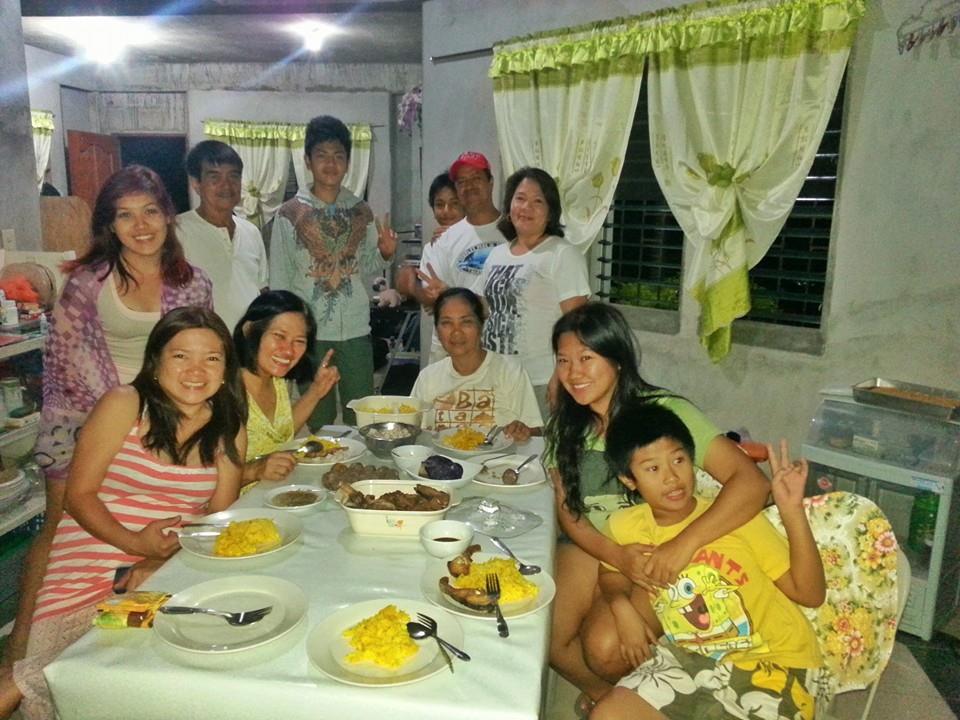

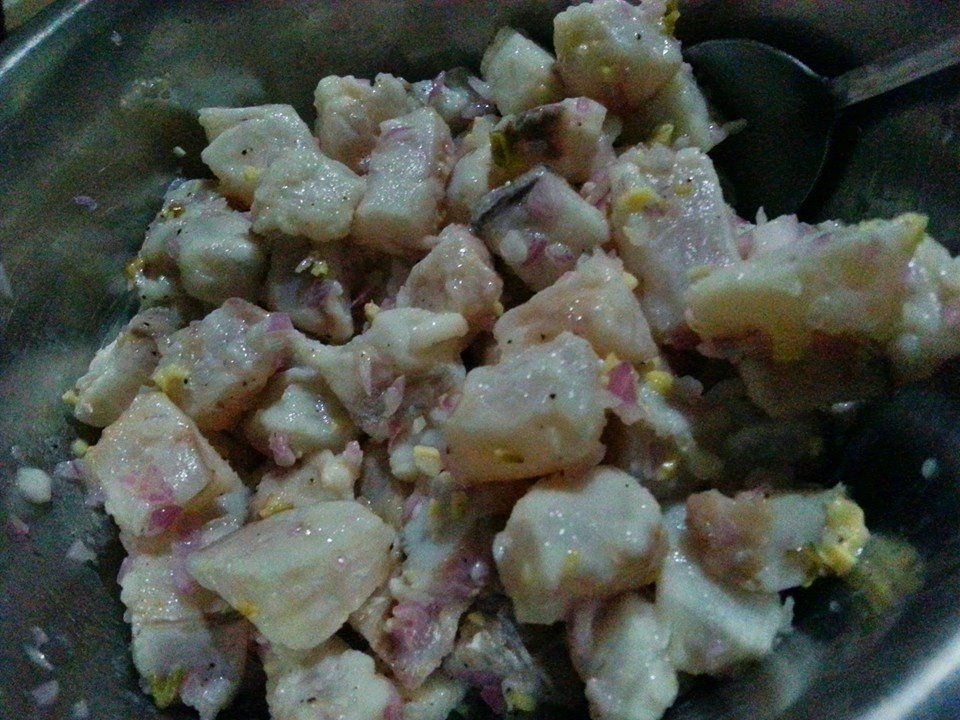
During our brief stay in Basco, I learned a lot of things about my hometown. These are all my personal notes compiled from my observations, readings and information shared by locals and tour guides. Here are quick fun facts you might not know about Batanes:
1. Basco’s total population is only 7,907 according to the 2010 census. It comprises 47% of the entire population of Batanes. Because of the small population and proximity of houses, Ivatans practically know each other. We didn’t have a hard time finding our relatives because they all know each other too well! The guy who fetched us at the airport, the tricycle drivers, the airport bag inspector, they all know where our family lives! It’s kind of creepy…and sweet.
2. Ivatans are very polite. Because people here are friends, family or far relatives of each other, they are accustomed to greetings and hellos. Oftentimes a stranger would greet you in streets: “Raka mangu?” (Kamusta?)
3. You will never get lost in the streets of Basco. The streets are very narrow and close to each other. The talipapa (market) in Abad Street is just one street away from most homestay inns. Banks, schools and municipal halls are all just minutes of bicycle ride away from each other. Bicycles are a major mode of transportation here. Bike rentals would cost around P20-P35 per hour.

4. There is only one gas station in the entire island. People from other islands had to travel all the way to the capital to get their gas supply from Petron.
5. There are no roaming motorcycles or pedicab for transport. To ask for a tricycle service, you have to call or text their hotline number and specify where to pick you up. It’s a no-nonsense transportation protocol. Who would want to waste the precious gas roaming the streets for passengers anyway?
6. There are only three taho vendors in Batanes. One cup of taho costs P35. Expensive? Not if you have to import all soya supplies from Manila.

7. There are only two banks in Basco: Landbank and PNB. Do not bring your credit cards. You have no use for them here.
8. Wi-Fi is (finally) available in Batanes! Signal is very poor, though. To post a picture, you have to wait until midnight or dawn to access a speedier internet connection. I was only able to upload two pictures while in Batanes, both posted at dawn.
9. Literacy rate in Batanes is at 97.32%. A lot of Ivatans I talked to are very fluent in English and Tagalog. Education is a priority here and in almost every other street, there’s a school or a daycare center. Most Ivatans finish their highschool in the capital and travel to Manila for college education.
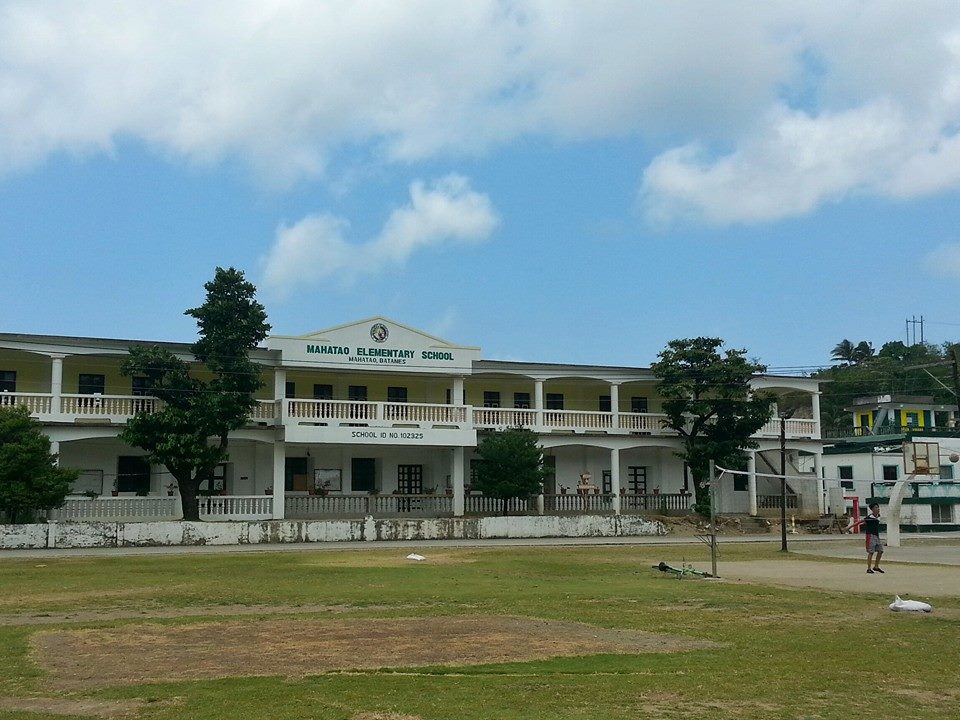

10. Ivatan language comprises mostly of the letter “V,” hence the barangay names like Savidug, Ivana, Chavayan or the popular dishes like uvod and venes.

11. Road signs bearing the text “BLOW UR HORN” are often seen in the roads of Batanes. These signs were built during the American period to warn passing motorists of the sharp curves ahead. They are said to be the earliest forms of text lingo.
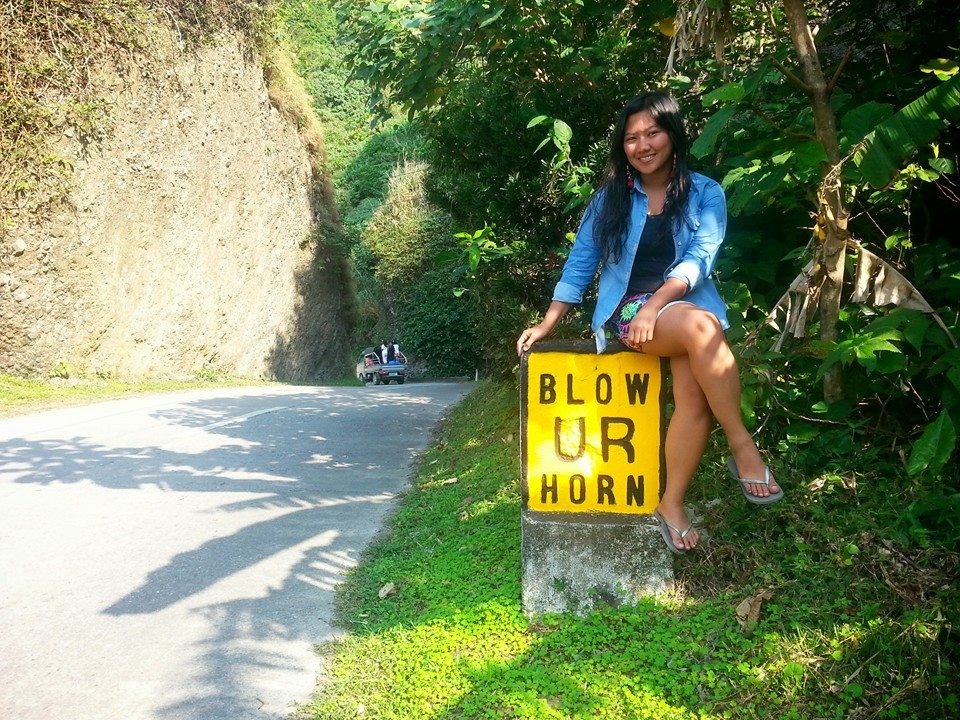
Ivatans are truly amazing people who continually withstand the test of time. They have battled against storm surges, typhoons, earthquakes, and even poverty. They have forged strong family ties and have kept traditional Ivatan values to the core.
Coming to our hometown was a humbling experience. Reuniting with our families, seeing the old Batan villages and learning the ways and means of our ancestors are bonuses I never signed up for when I booked a ticket to Basco. Now I know why Lola had a distinct melancholic tone when she spoke about Batanes. When she left home, she left a piece of her she could never get back.
Lola, we finally made it to your hometown. It was as beautiful as you described. Dios mamajes.
[Entry 74, The SubSelfie Blog]
About the Author:
Hon Sophia Balod is a storyteller. She is currently a News Producer of special reports and features for Balitanghali, Saksi, and State of the Nation with Jessica Soho. She is also a media fellow of the Philippine Center for Investigative Journalism for Basic and Advanced Investigative Reporting. Journalism 2010, UP Diliman. Read more of her articles here.



Hi Sofia.. thanks for sharing your lola’s Home town.. I enjoyed traveling with you.. this will be the place to go when I come home to pinas.
LikeLike
Thank you for sharing your story, I enjoyed it very much.
Aloha from Hawaii.
Evelyn
LikeLike
Thank you for taking the time to read my story. Batanes is truly a paradise in the north. Hope you can come visit the Philippines someday. 🙂
Mabuhay from Manila 🙂
LikeLike
A very nice, well-written, informative documentary from an Ivatan. Congrats Sophia! Cheers! Hope to visit Batanes, too!
LikeLike
Sir Noel, marami pong salamat. It means a lot coming from you. 🙂 Your stories about Batanes have also inspired me, sana next time makakwentuhan ko na po ang mga magsasaka roon 🙂
LikeLike
Thank you for sharing that warm and touching story. I’ve been to Batanes last year and was fortunate to visit all three major islands (Itbayat was an adventure I will always remember). I hope to hear more of your experiences while travelling in Batanes – it’s a place where no words or images can capture its true beauty. You simply just have to experience and soak in everything Batanes has to offer.
LikeLike
Hello, Paolo. Kainggit naman, ‘di ako nakapunta sa Itbayat 😦 Pangarap ko ngayon akyatin ang Mt Iraya! 🙂 Salamat sa pagbabasa at pagbabahagi ng aking istorya 🙂
LikeLike
Wala pong anuman 🙂 One of a kind experience ang Itbayat kahit papunta pa lang so puntahan mo na rin. Nice, Mt. Iraya! 🙂
LikeLiked by 1 person
Thank ou or sharing with us your experience. I had fun reading your blog. Od bless ou always. Dios mamajes!
LikeLiked by 1 person
hi ma’am jean. thank you for your kind words. this is my tribute piece for my lola, pasasalamat na rin sa napakaraming kwento nya sa aming mga apo. 🙂 would you be kind to share my article po? dios mamajes. 🙂
LikeLike